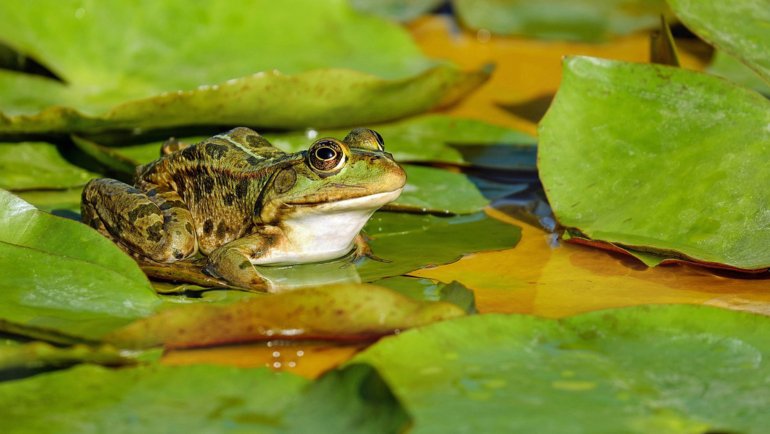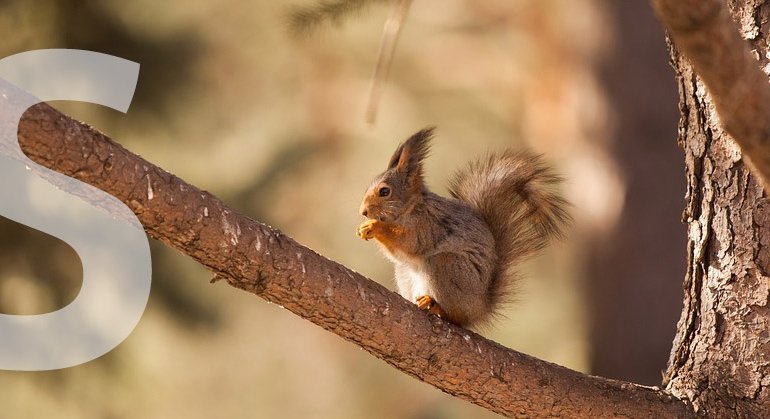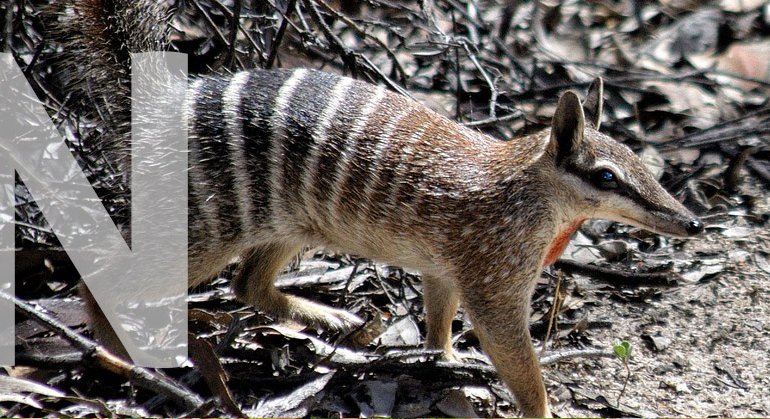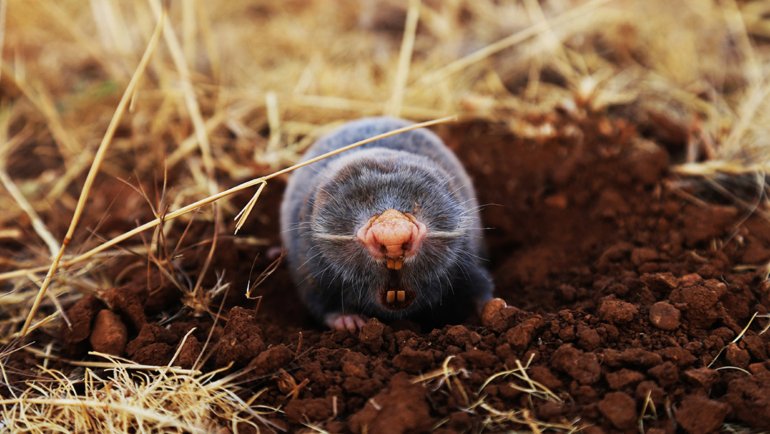Conservation efforts have long relied on boots-on-the-ground work to protect endangered species and restore ecosystems. But in the modern world, conservation is becoming increasingly data-driven, with big data, spreadsheets, and analytics playing a crucial role in tracking animal populations, preventing poaching, and planning for climate change impacts.
Just as businesses use data to optimize performance and predict future trends, conservationists are using data to better understand wildlife and take proactive steps to protect it. Let’s dive into how data-driven approaches are shaping the future of wildlife conservation.
The Power of Data in Wildlife Conservation
Wildlife conservation is a numbers game. Knowing how many animals exist in a population, where they live, and what threats they face is essential to creating effective protection strategies. Traditional methods of collecting this data — such as field surveys and manual counting — are slow, expensive, and prone to human error.
Today, however, big data and AI tools are transforming how conservationists monitor wildlife. Spreadsheets have evolved into complex data platforms that analyze information from satellite images, camera traps, GPS collars, and even citizen science apps to provide real-time insights into wildlife populations.
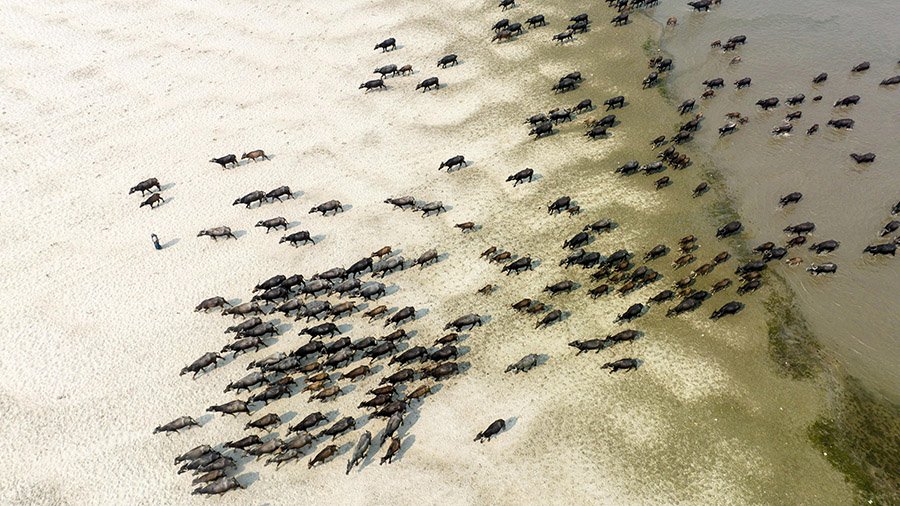
Tracking Animal Populations with Big Data
One of the most impactful uses of big data in conservation is in tracking animal populations. Conservationists can now collect vast amounts of data through camera traps, drones, and GPS collars attached to animals. These tools provide valuable information about animal movements, behavior, and habitat use.
Example: Wildbook
Wildbook is an AI-powered platform that uses machine learning to identify and track individual animals based on their unique markings. By analyzing thousands of photos submitted by researchers and citizen scientists, Wildbook helps monitor populations of endangered species, such as whale sharks, giraffes, and cheetahs.
This type of automated data analysis makes it easier to keep track of elusive or wide-ranging species that would otherwise be difficult to monitor.
Preventing Poaching with Predictive Analytics
Poaching remains one of the greatest threats to endangered species, particularly in Africa and Asia. Conservationists are now using predictive analytics — a technique that uses past data to predict future events — to anticipate poaching incidents before they happen.
Example: PAWS (Protection Assistant for Wildlife Security)
PAWS is an AI tool developed by computer scientists to help rangers plan anti-poaching patrols more effectively. By analyzing historical data on poaching incidents, PAWS identifies high-risk areas and suggests optimal patrol routes. This allows rangers to focus their efforts where they are needed most, preventing poaching before it occurs.
Using Data to Address Climate Change Impacts
Climate change poses a significant threat to wildlife, altering habitats and forcing species to migrate to new areas. Conservationists are using data modeling to predict how climate change will affect wildlife populations and plan accordingly.
Example: The Climate Change Vulnerability Index
The Climate Change Vulnerability Index (CCVI) is a tool that assesses how vulnerable different species are to climate change. By analyzing factors such as temperature changes, habitat loss, and species adaptability, the CCVI helps conservationists prioritize their efforts to protect the most at-risk species.
For example, data from the CCVI has been used to plan corridors for animal migration, ensuring that species can move to more suitable habitats as their current environments become less hospitable.
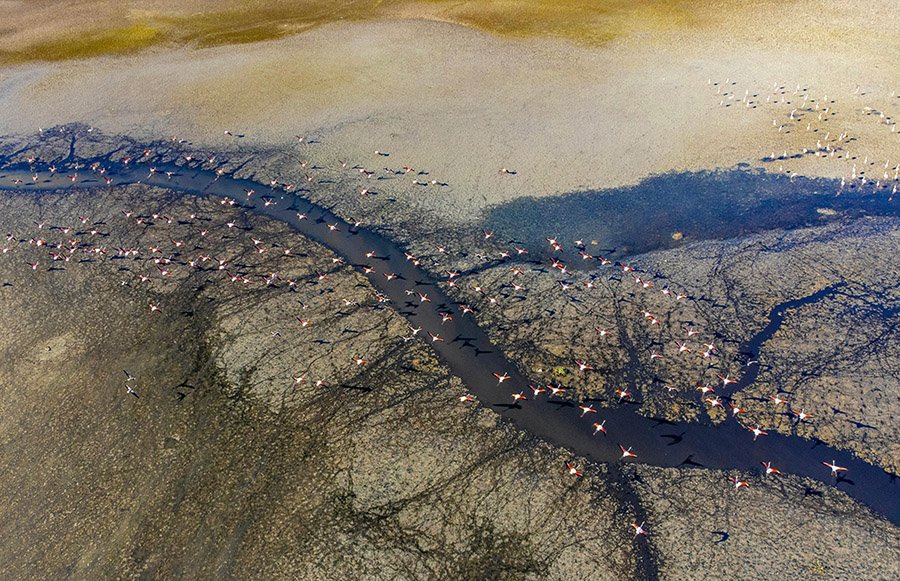
Citizen Science: A Global Data Network
Another significant source of big data in conservation comes from citizen scientists. Apps like iNaturalist and eBird allow anyone to document wildlife sightings, contributing valuable data to global biodiversity databases.
How Citizen Science Works:
- Users submit observations through mobile apps, including photos and location data.
- AI algorithms help identify species from the photos.
- The data is shared with researchers and conservation organizations to monitor wildlife populations and biodiversity trends.
This crowdsourced approach has created one of the largest global biodiversity datasets, making it easier to track species distributions and identify emerging threats.
Challenges and Ethical Considerations
While big data offers immense potential for wildlife conservation, it also raises ethical concerns. Some challenges include:
- Data privacy: Collecting data on wildlife sometimes captures information about people, raising concerns about privacy and data misuse.
- Bias in data: AI algorithms can be biased if they are trained on limited datasets, leading to inaccurate species identification.
- Data overload: With so much data being collected, conservationists must ensure that they can process and act on the information effectively.
Addressing these challenges will be essential to ensuring that data-driven conservation remains ethical and effective.
The Future of Data-Driven Conservation
The future of wildlife conservation will be increasingly digital and data-driven. As technology advances, conservationists will have more tools at their disposal to monitor and protect wildlife in real-time.
Potential future applications include:
- Real-time wildlife tracking using satellites and drones.
- Predictive modeling to forecast environmental changes and species behavior.
- Automated anti-poaching systems using AI-powered cameras and sensors.
By harnessing the power of big data, conservationists can make more informed decisions, respond faster to threats, and protect more species.
Conclusion
Just as businesses use data to drive growth and make strategic decisions, conservationists are using big data to protect wildlife and ecosystems. From tracking animal populations to preventing poaching and planning for climate change, data-driven approaches are transforming how we safeguard the planet’s biodiversity.
As technology continues to advance, the role of data in wildlife conservation will only grow. By leveraging these tools, we can ensure a future where wildlife thrives and nature’s wonders remain intact for generations to come.
